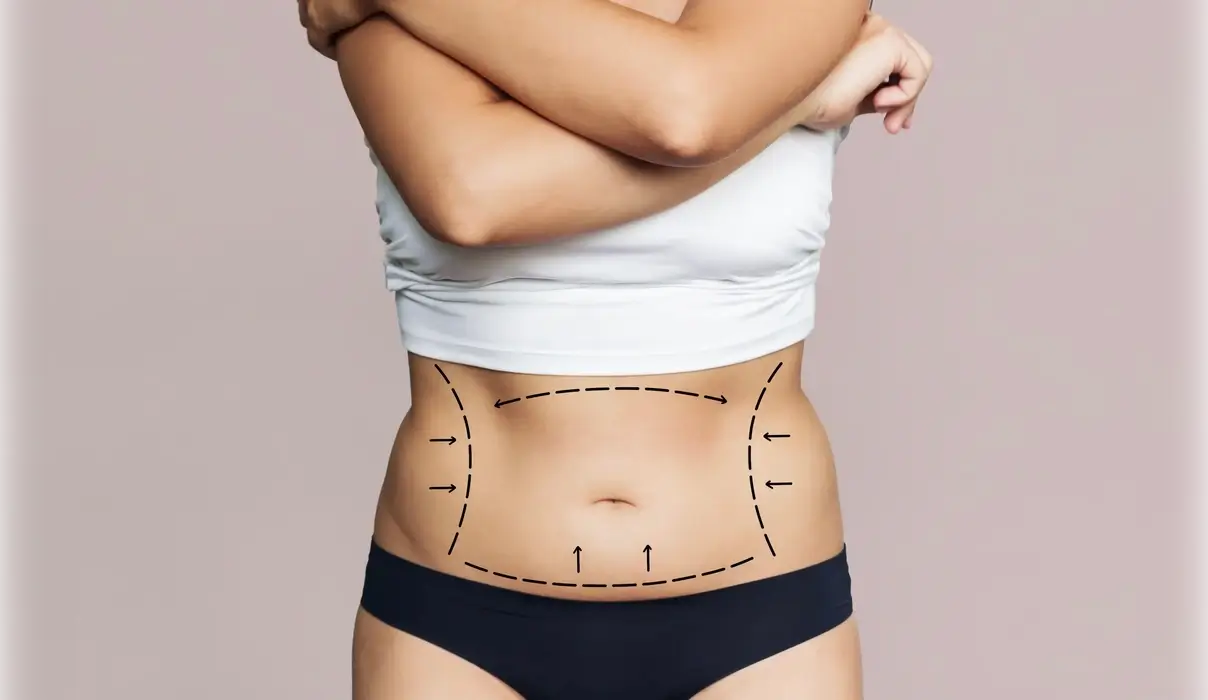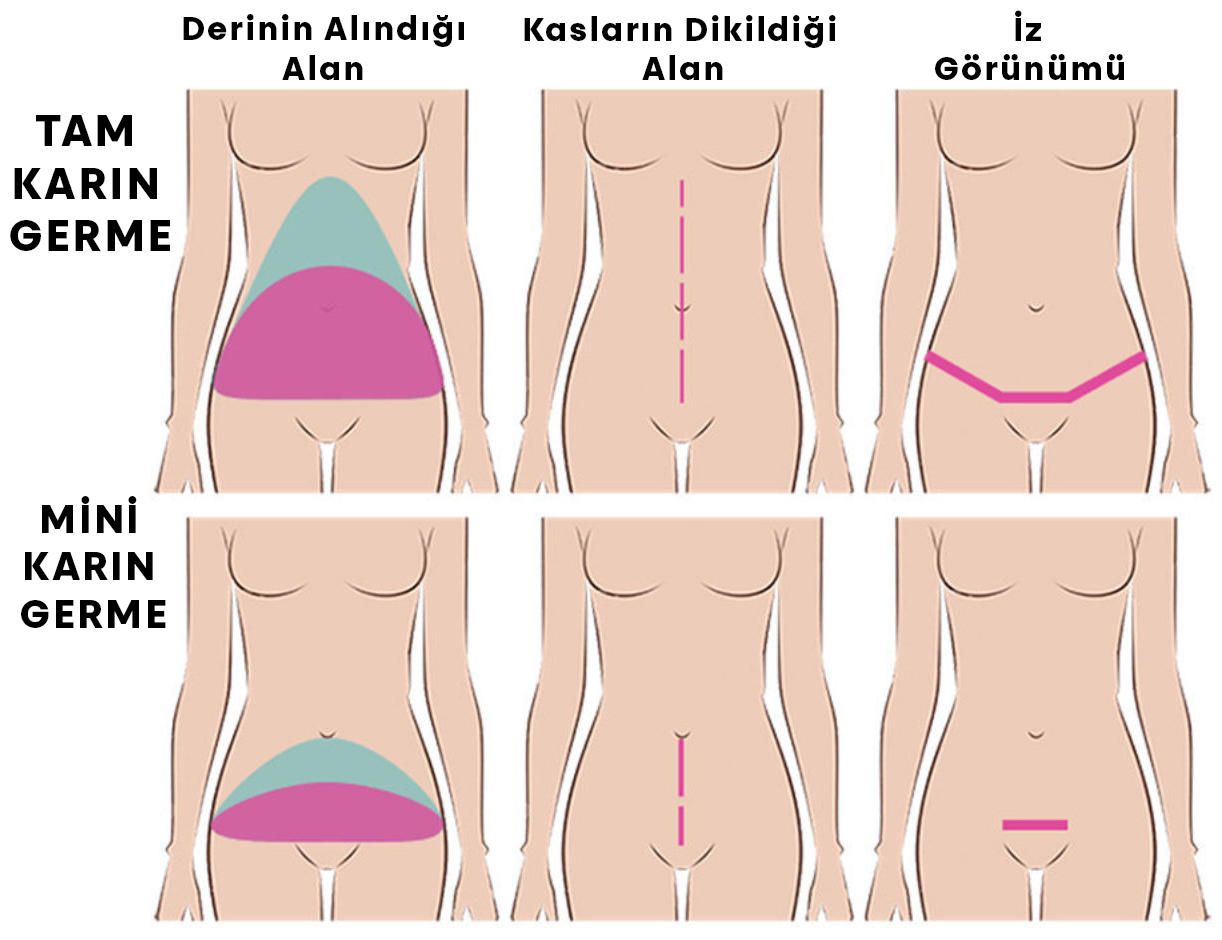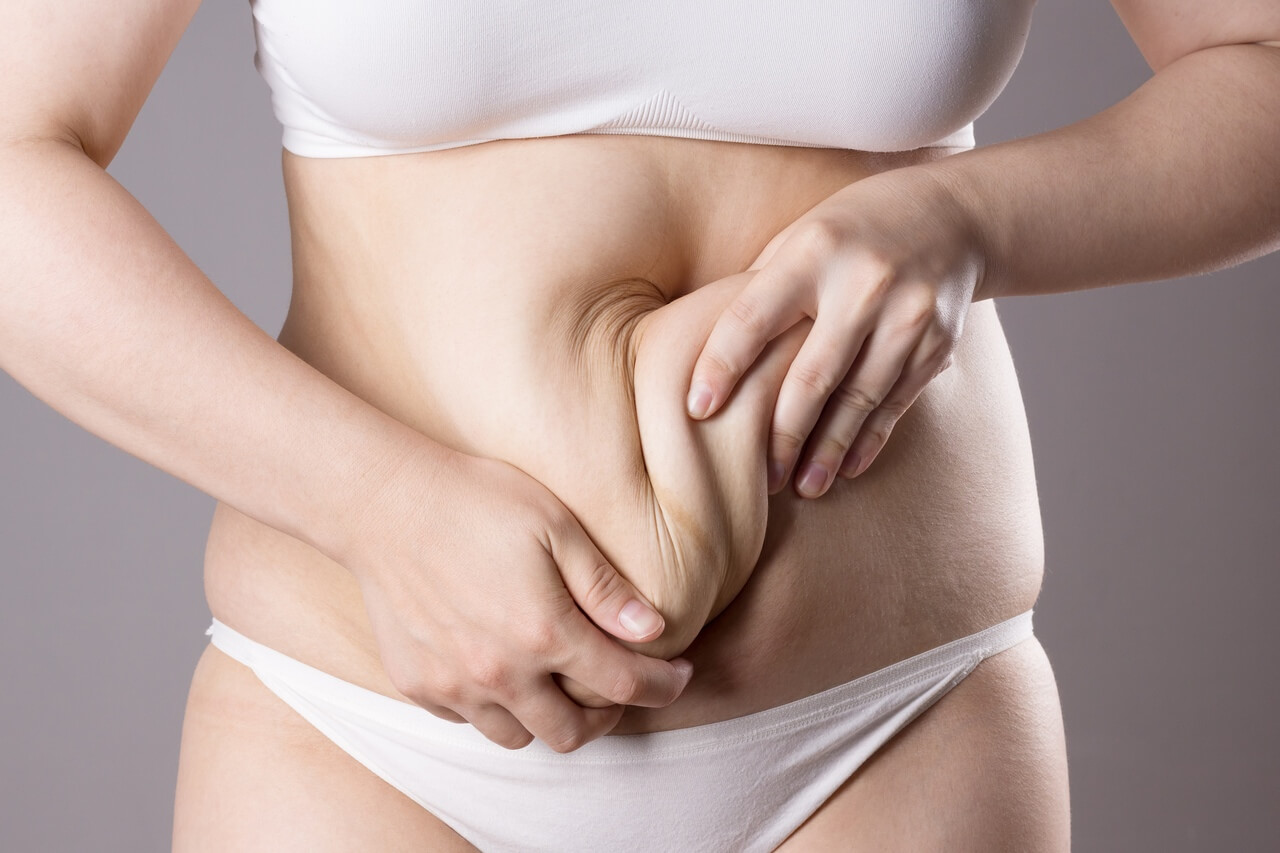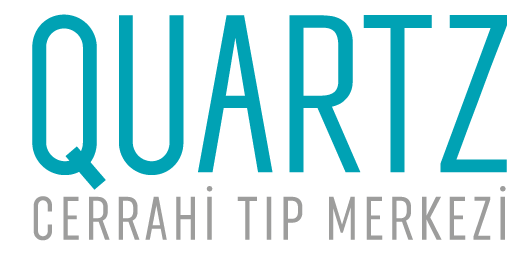
Contents

Tummy tuck, one of the most effective solutions for those experiencing loose and sagging abdominal skin due to pregnancy or obesity, helps achieve a firm and toned midsection. Over time, stretched abdominal skin can create a saggy appearance, making a person look older and heavier. Many opt for loose clothing to conceal this issue. However, with a tummy tuck, excess skin is removed, resulting in a tighter, more contoured, and aesthetically pleasing abdomen.
What is a Tummy Tuck?
Also known as abdominoplasty, a tummy tuck is a surgical procedure that eliminates loose and sagging abdominal skin. The goal of this procedure is to remove excess skin, repair separated abdominal muscles, and tighten the area. With abdominoplasty, a flatter and firmer abdomen is achieved. If necessary, the belly button is repositioned, giving the patient a younger and fitter appearance.
How is a Tummy Tuck Performed?
A tummy tuck procedure is performed as either a full abdominoplasty or a mini abdominoplasty, depending on the location and severity of abdominal sagging. Both surgeries are carried out under general anesthesia. A full tummy tuck is recommended for cases with extensive sagging across the entire abdominal area, while a mini tummy tuck targets only the lower abdomen, below the belly button.
If excess fat is present, liposuction is performed first. Using the Vaser liposuction technique, fat is removed, and an incision is made about 8–10 cm below the belly button. The abdominal skin is lifted, and any muscle separation is repaired. The skin is then tightened, and the excess is removed. If necessary, the belly button is repositioned. The incisions are closed with sutures, completing the procedure. Depending on the complexity, the surgery typically takes between 4 to 6 hours.
Can a Tummy Tuck Correct Diastasis Recti?
Diastasis recti is a condition where the abdominal muscles separate due to pregnancy, heavy lifting, or intense physical activity. This separation can lead to sagging, bloating, urinary incontinence, and even hernias. A tummy tuck effectively repairs diastasis recti by bringing the abdominal muscles back together. If a hernia is present, hernia repair can be performed simultaneously with the tummy tuck.
Tummy Tuck Pricing
The cost of a tummy tuck varies depending on multiple factors, including the extent of the procedure, the techniques used, the surgeon’s expertise, and any additional treatments performed during surgery.
Since every patient has unique needs, a personalized treatment plan is created after a detailed consultation. During this evaluation, patients can receive a clear cost estimate for the procedure. If you are concerned about abdominal sagging, you can schedule a consultation with our expert surgeons to learn about the best treatment options and pricing.
Tummy Tuck Techniques
A tummy tuck can be performed using different techniques based on the patient’s specific needs. The most common methods include:
1. Mini Tummy Tuck (Mini Abdominoplasty)
- Ideal for patients with mild sagging and excess skin.
- Focuses on the lower abdomen without repositioning the belly button.
- Offers a shorter recovery period.
2. Reverse Tummy Tuck
- Suitable for patients with excess sagging in the upper abdomen.
- Incisions are hidden under the breast crease.
- Often combined with breast aesthetic procedures.
3. Full Tummy Tuck (Full Abdominoplasty)
- Corrects excess skin and muscle laxity across the entire abdominal area.
- The belly button is reshaped and repositioned.
4. Scarless Tummy Tuck Techniques
- Minimally invasive methods, such as laser or radiofrequency treatments, help tighten the skin.
- These techniques are most effective for mild cases of skin laxity.

Tummy Tuck and Liposuction Combination
Liposuction can be performed during a tummy tuck to enhance body contours by removing excess fat. When combined, liposuction targets stubborn fat in the waist area, resulting in a more sculpted and proportionate figure.
Comparison Table of Tummy Tuck Techniques
| Technique | Degree of Sagging | Incision Location and Length | Belly Button Reshaping | Combined Procedures |
|---|---|---|---|---|
| Mini Abdominoplasty | Mild | Just above the lower abdomen | No | Yes |
| Full Abdominoplasty | Moderate - Severe | Lower abdomen and around the belly button | Yes | Yes |
| Reverse Abdominoplasty | Severe (specific to the upper abdomen) | Under the breasts | No | Yes |
Post-Tummy Tuck Recovery Process
A well-monitored recovery process is essential for a smooth and comfortable healing experience after a tummy tuck surgery. Here are the key stages:
Hospital Stay
- Patients usually stay in the hospital for 1-2 nights post-surgery.
- Drains are used to remove excess fluids and are typically removed within 1-2 days.
- The doctor conducts regular check-ups to assess wound healing and overall condition.
Rest & Home Care
- Resting at home is recommended after discharge, with limited movement during the first week.
- A specially designed compression garment must be worn for 4-6 weeks to support the abdomen and reduce swelling.
- The first 10-15 days are critical, so heavy lifting and sudden movements should be avoided.
Returning to Daily Activities
- Patients can usually resume light activities within two weeks, but strenuous exercises should be avoided.
- No bending, lifting heavy objects, or engaging the abdominal muscles for the first six weeks.
Important Considerations
- Posture & Sleeping Position: Maintain a slightly bent posture for the first few days. Sleep on your back with legs slightly bent.
- Movement: Avoid prolonged immobility. Light walking helps improve blood circulation and speeds up recovery.
- Sexual Activity: Avoid intercourse and any activity that strains the abdomen for 4-6 weeks.
- Hygiene & Wound Care: Follow the doctor’s instructions for keeping the incision area clean and dry.
Final Results
- Swelling significantly reduces within 3-6 months, revealing the final results.
- A healthy diet and adherence to medical advice positively impact the healing process.

Benefits of Tummy Tuck Surgery
A tummy tuck not only enhances aesthetic appearance but also provides physical and psychological benefits. Here are the key advantages of the procedure:
Aesthetic Benefits
- Creates a flatter and firmer abdominal contour.
- Improves body proportions and enhances waist definition.
- Eliminates loose skin and stretch marks caused by pregnancy or weight fluctuations.
Health Benefits
- Improves posture and alleviates back pain.
- Reduces skin irritation and infection risks associated with excess abdominal skin.
- Strengthens the core muscles by repairing diastasis recti (abdominal muscle separation).
Psychological Benefits
- Boosts self-confidence.
- Allows clothes to fit better and enhances overall body image.
- Reduces aesthetic concerns, leading to greater emotional well-being.
Before & After Tummy Tuck Surgery
Tummy tuck surgery (abdominoplasty) is a transformative procedure designed to tighten and flatten the abdomen, especially after pregnancy, weight loss, or aging. Below is a summary of the before and after changes associated with the surgery:
| Condition | Before Tummy Tuck | After Tummy Tuck |
|---|---|---|
| Abdominal Sagging | Loose and sagging abdomen due to pregnancy or weight loss. | Achieves a firmer, flatter, and more aesthetic abdominal appearance. |
| Skin Elasticity | Loss of elasticity may cause loose skin and stretch marks. | Stretch marks and looseness are reduced, providing a smoother skin texture. |
| Muscle Structure | Abdominal muscles may be weak or separated (diastasis recti). | Muscles are tightened and restored to a natural shape. |
| Self-Confidence | A sagging abdomen may cause discomfort in body appearance. | Boosts self-confidence with a rejuvenated body contour. |
| Clothing Fit | Loose skin may make it difficult for clothes to fit properly. | Clothes fit better, enhancing overall body aesthetics. |
| Mobility & Flexibility | Excess skin may restrict movement or cause discomfort. | Provides greater freedom of movement and comfort. |
Frequently Asked Questions
Will There Be Scarring After a Tummy Tuck?
In a full tummy tuck, the incision is made in the underwear line. If there is a C-section scar, the incision is made in the same area, but full tummy tuck scars tend to be longer. In a mini tummy tuck, the incision does not extend beyond a C-section scar. The scar remains hidden within the underwear line. Healing varies from person to person—some scars fade over time, while others may remain visible. If scars are still prominent after a year, fractional laser treatment can help reduce them in 4-6 sessions.
Who Is a Good Candidate for a Tummy Tuck?
- Individuals experiencing loose or sagging abdominal skin after pregnancy.
- Those who have lost weight rapidly and have reduced skin elasticity.
- People with stubborn abdominal fat that does not respond to diet and exercise.
- Healthy individuals who do not smoke or can quit or reduce smoking before surgery.
When Can I Return to Normal Activities After Surgery?
Most patients can resume light activities within two weeks after surgery. However, jobs requiring physical effort or heavy lifting may require up to 4-6 weeks of recovery. Following your doctor’s post-op instructions ensures a faster and healthier healing process.
Are the Results of a Tummy Tuck Permanent?
Tummy tuck results are long-lasting as long as significant weight gain is avoided. However, if a patient gains excessive weight or undergoes pregnancy, some degree of abdominal sagging may return, though not as severe as before. If planning a pregnancy, it is recommended to postpone the tummy tuck until after childbirth. Maintaining a stable weight helps preserve the results.

Can a Second Tummy Tuck Be Performed?
If a patient gains weight or undergoes pregnancy after surgery, a second tummy tuck can be performed to correct the new abdominal deformation. However, it is recommended to wait at least one year after the first surgery before considering a revision. A second tummy tuck is usually less extensive than the initial procedure.
Can a Tummy Tuck Be Combined with Other Procedures?
A tummy tuck can be combined with procedures such as liposuction, breast reduction, breast lift, breast augmentation, buttock augmentation, mommy makeover, and hernia repair. Combining procedures saves time and streamlines the recovery process. Depending on the extent of the procedures, the surgeries can be performed in a single or two separate sessions.
Risks of a Tummy Tuck Surgery
Potential risks include bleeding, infection, delayed healing, scarring, prolonged swelling, improper positioning of the belly button, or unsatisfactory results. The likelihood of complications depends on the surgeon's experience and post-operative care. Since a tummy tuck is both a health-related and aesthetic procedure, it should be performed by an experienced plastic surgeon specializing in body contouring.
When Can I Exercise After a Tummy Tuck?
Light exercises can be resumed approximately six weeks after surgery. However, before engaging in strenuous physical activity or weight training, patients should consult their surgeon.
Does a Tummy Tuck Remove Stretch Marks?
A tummy tuck effectively removes stretch marks located in the lower abdomen, as the excess skin is surgically removed. However, stretch marks in the upper abdominal area remain unaffected. Fractional laser treatments can help reduce the appearance of stretch marks, with earlier-stage marks responding better to treatment.
![dr.leyla-arvas-800×1000.jpg[1] dr.leyla arvas](https://www.quartz.com.tr/wp-content/uploads/2024/11/dr.leyla-arvas-800x1000.jpg1_.webp)
Author : Op. Dr Leyla ARVAS
Dr Leyla Arvas is an internationally recognised specialist in aesthetic surgery based in Istanbul. Graduated in 1998 from Istanbul University Faculty of Medicine, she has developed her expertise by studying in Taiwan, Japan and Spain during her 20 years of experience.
This article April 15, 2025 was updated on
Editor: admin@quartz.com.tr


